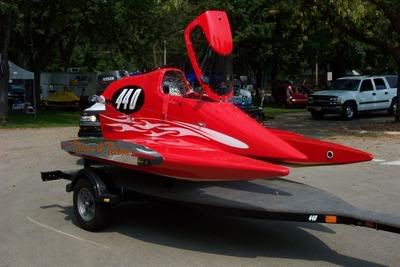Originally posted by reed28n
View Post
well said though Scott and if there was a "magical" set of dimensions that were perfect, then all boat builders would be using them. So, apparently there is not. I believe these measurments can be specific to each individual driver and their driving techniques/skills.






Comment